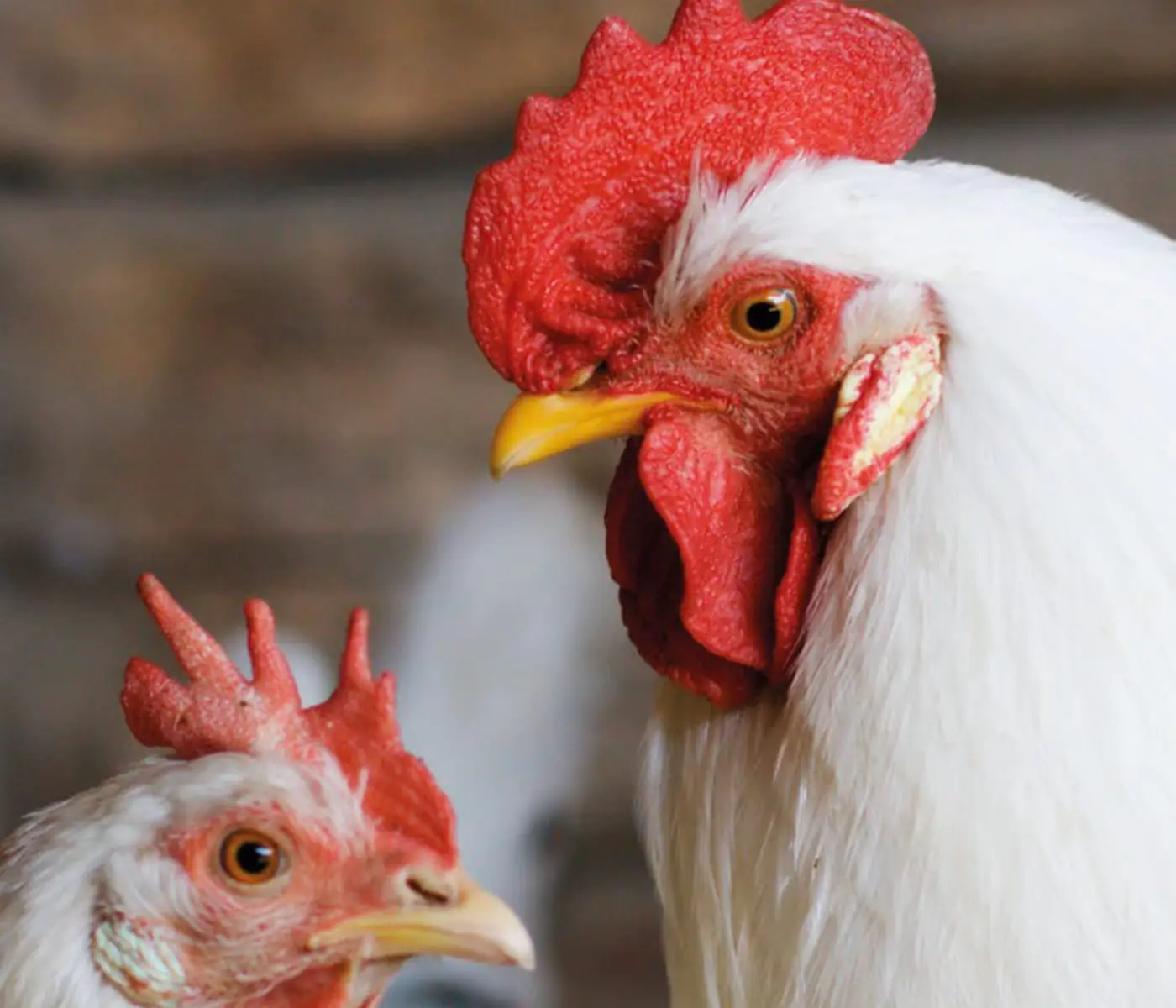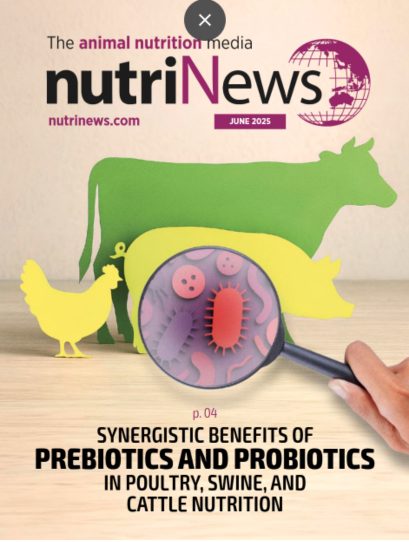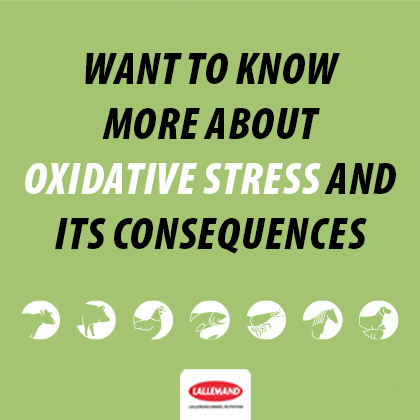Nutritional Interventions to Improve Fertility in Male Broiler Breeders
Infertility is becoming a common problem in broiler breeder production. Data published in March 2025 in the Journal of Poultry Science by a research team led by Dr. Giridhar Athrey from Texas A&M University indicated that hatchability of broiler breeders has been rapidly decreasing in the United States over the past decade.
This group used data from the USDA National Agricultural Statistics Service from 2013 to 2022, estimating that hatchability rates could decrease to approximately 60% by 2050 if no corrective actions are taken.
This alarming value underscores a crucial factor that can significantly impact the productivity of the broiler industry.
These authors concluded that infertility is the leading cause of reduced hatchability, but their data do not support this conclusion, as they did not include embryo diagnosis data.
Egg management, and other incubation factors, together with egg contamination, are also significant contributors to hatchery losses.
However, we can make a similar prediction about hatchability using data from AgriStats, which we published in AviNews International in March 2024 (Figure 1).
AgriStats is the largest benchmarking company in the United States and may have more updated and complete data. Presently, Agristats data does not include reports of fertility. However, multiple scattered reports from poultry veterinarians and broiler breeder managers indicate that infertility is also on the rise.
Figure 1. Average hatchability of the broiler US industry between 2012 and 2022 according to hatchery egg set capacity from 650,000 to 1.5 million eggs per week. Source: AgriStats (Fort Wayne, IN).
Fertility can be affected by both males and females; however, generally, each male is responsible for fertilizing around 1,000 to 1,800 eggs or more in commercial flocks. Stressors, mycotoxicosis, toxicosis, and aging can impair male reproductive capacity, including fertilizing ability.
Roosters aged over 40 to 45 weeks tend to exhibit:
Testicular regression
Reductions in testosterone levels
Sexual behavior
Semen volume
Sperm concentration
Viability
Forward mobility,
and levels of polyunsaturated fatty acids, particularly omega-3, as well as type of proteins in the seminal fluid, antioxidant levels, and increase lipid peroxidation.
Management practices like spiking and intra-spiking are generally effective strategies for maintaining fertility in aged br...











